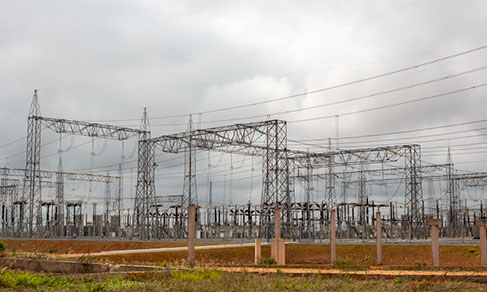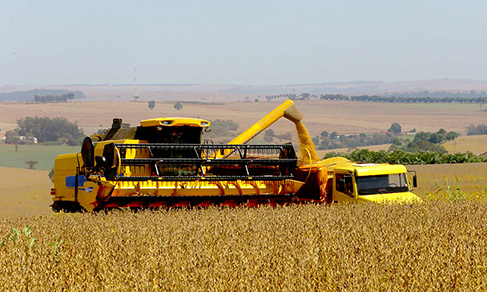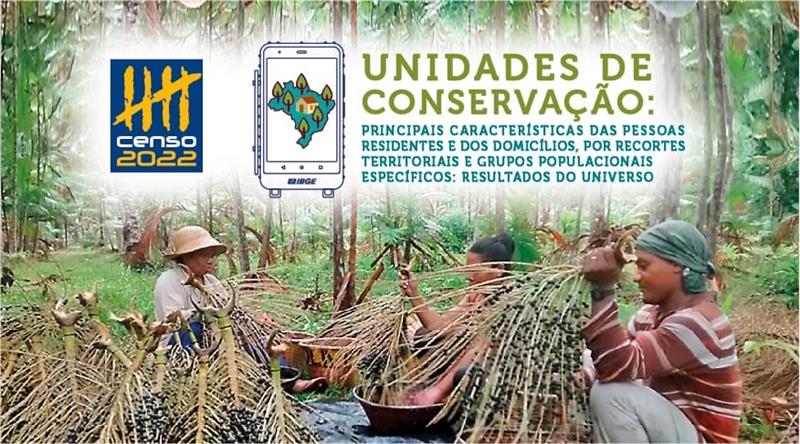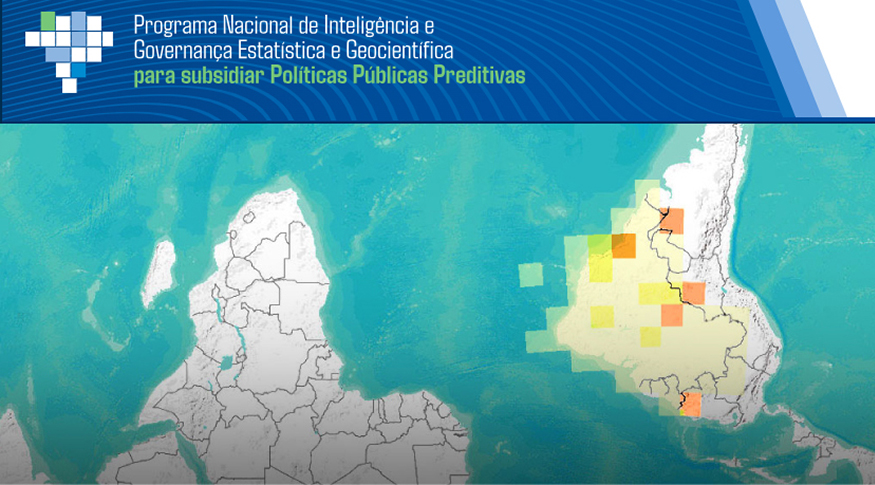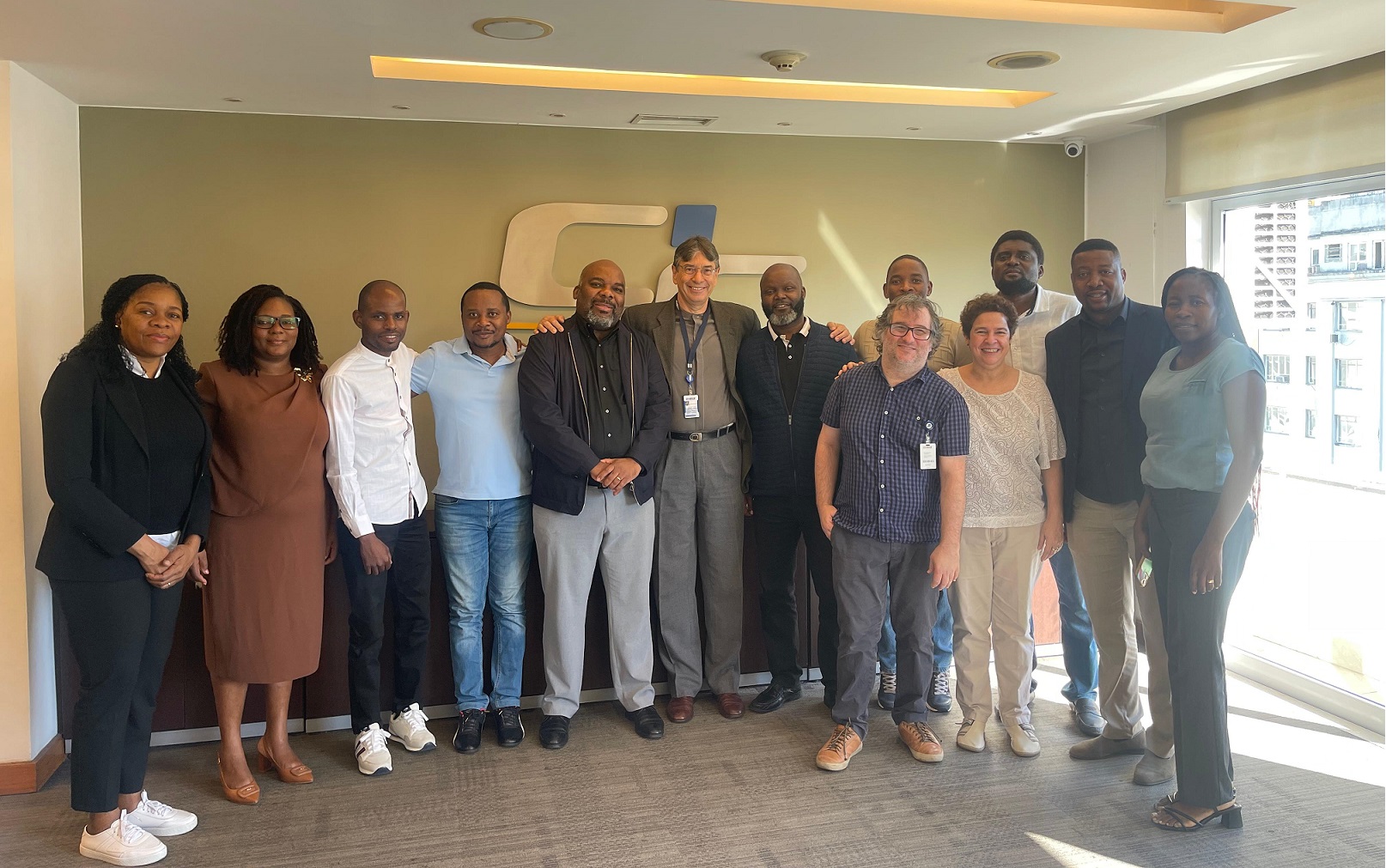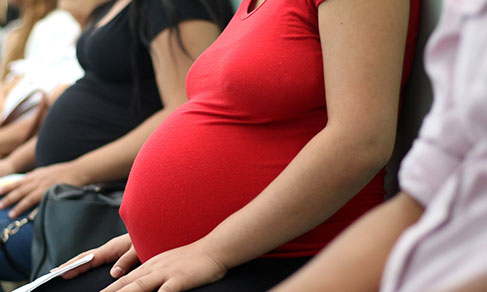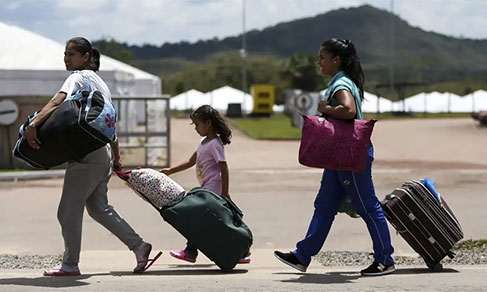Second Data Collection Report
Census counted more than 104 million persons, almost half of the estimated population of Brazil
October 03, 2022 10h00 AM | Last Updated: October 05, 2022 06h31 PM
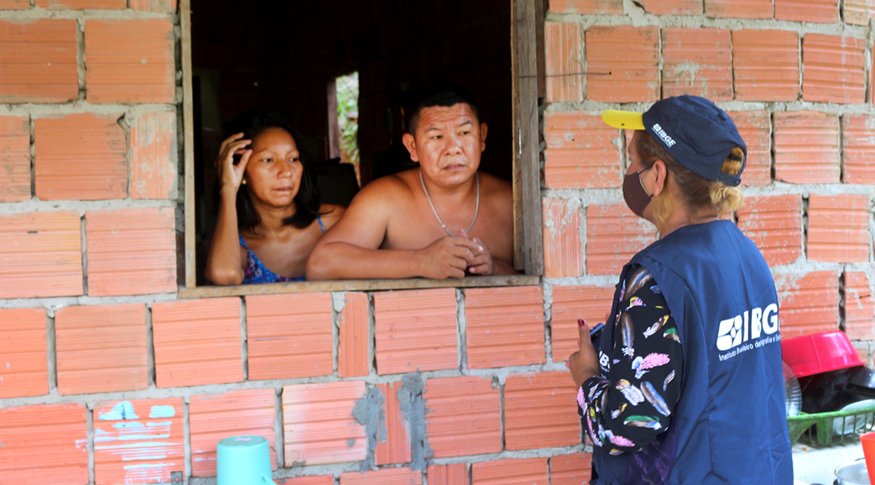
The IBGE discloses the second report of the 2022 Population Census collection. Since it started, on August 1st, up to October 2nd, the operation enumerated 104,445,750 persons, in 36,567,808 households in the country. Out of those, 42.0% were in the Southeast Region; 27.0% in the Northeast; 14.3% in the South; 8.9% in the North and 7.8% in the Central-West. Up to the moment, 48% of the enumerated population were men and 52% were women.
Survey director Cimar Azeredo announced in a press conference today in the morning that the IBGE will extend the deadline to finish data collection, postponing it until the beginning of December. Thus, results will have been delivered by the end of December.
“The total of interviewed people corresponds to 49% of the country's estimated population”, says Census technical manager Luciano Duarte. On the 2022 Census hotsite there is a daily update of the enumerated population in Brazil and the evolution of the enumeration areas by Federation Units.
Considering the 452,246 urban and rural enumeration areas in the country, 282,838 have collection in progress (62.54% of the total). The most advanced state in terms of percentage of areas in progress is Sergipe (80.78%), followed by Rio Grande do Norte (79.69%) and Piauí (79.06%). The states of Mato Grosso (38.49%), Roraima (45.18%) and Acre (48.79%) are the ones with the lowest percentage of areas achieved.
In addition, 860,358 Indigenous persons (0.82% of the population registered so far) and 740,923 Quilombolas (0.71%) have already been counted.
Mr. Duarte also highlights that about 2.27% of the households refused to answer, a percentage that is expected to be reduced by the end of the operation, after all the protocols have been applied.
Regarding the type of questionnaire, 88.2% of the households answered to the basic questionnaire and 11.8% to the extended one, a percentage consistent with the sample defined by the Institute. The average questionnaire length is 6 minutes for the basic questionnaire and 16 minutes for the extended questionnaire.
Most of the questionnaires (99.5%) were answered in person, with 81,620 households choosing to answer online and 85,309 by telephone.
New enumerators will be called
The Institute is facing difficulties concerning the lack of personnel to work as enumerators in certain locations. Across the country, the IBGE has 95,448 active enumerators, 52.2% of the total number of positions available.
The state with the greatest deficit of enumerators is Mato Grosso, with 36.8% of the number of positions occupied. Sergipe already has 68.8% of the positions occupied. “We are thinking about new recruitment strategies and alternatives, in order to leverage and improve productivity in the states with the lowest percentage of enumerated population”, explains Mr. Duarte.
Enumerators will always wear the uniform, with the IBGE vest, the Census cap, the identification badge and the DMC (mobile device used for collection). In addition, it is possible to check the IBGE agent's identity on the Respondendo ao IBGE website or by calling 0800 721 8181. Both references are on the interviewer's badge, which also has a QR code that leads to the identification area on the website. To carry out the confirmation, the citizen must provide the name, registration number or CPF of the enumerator.



